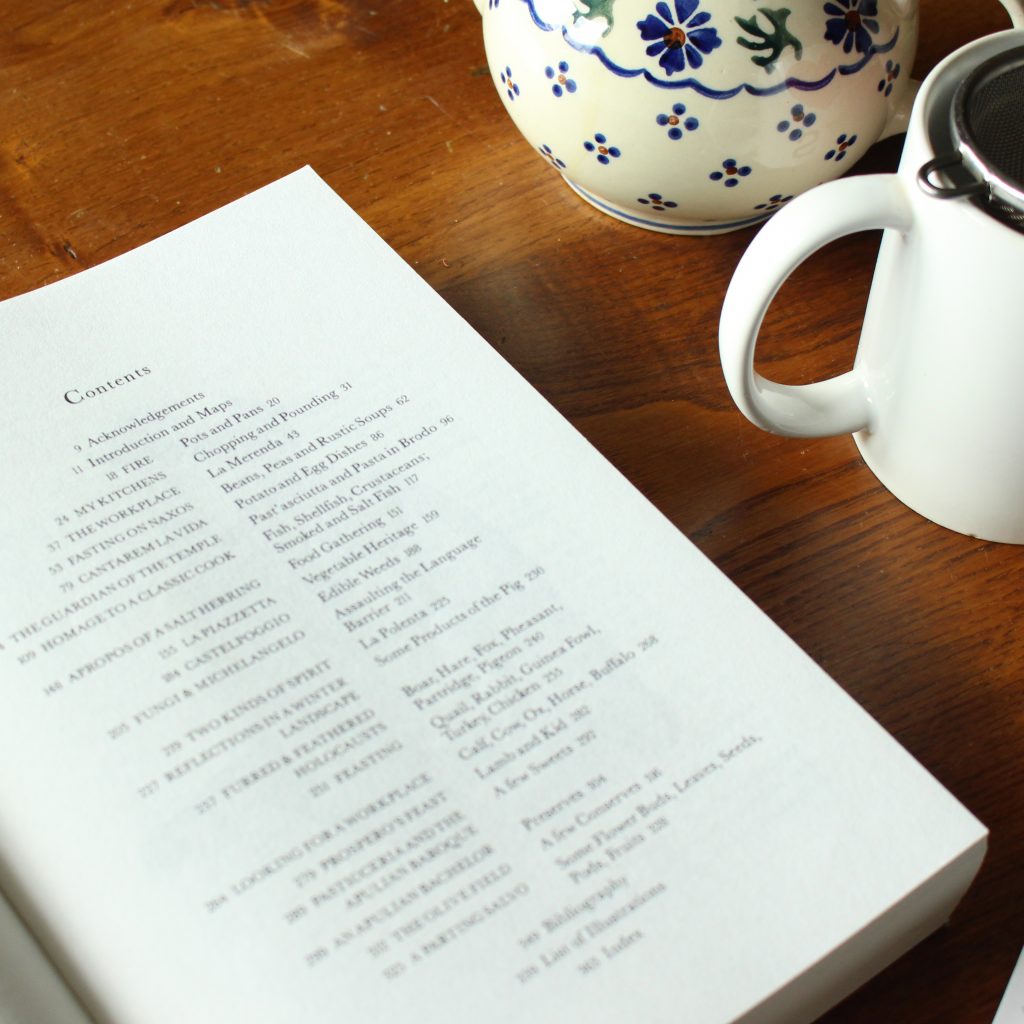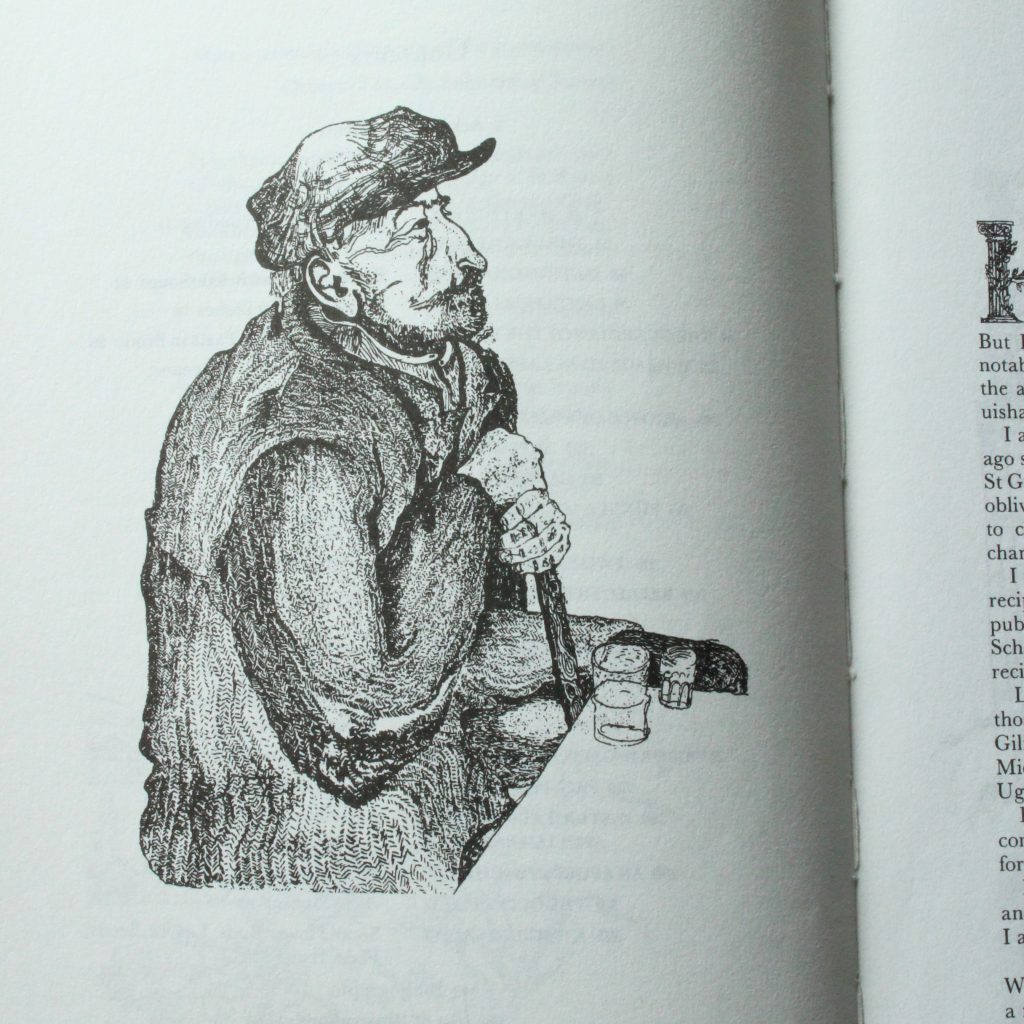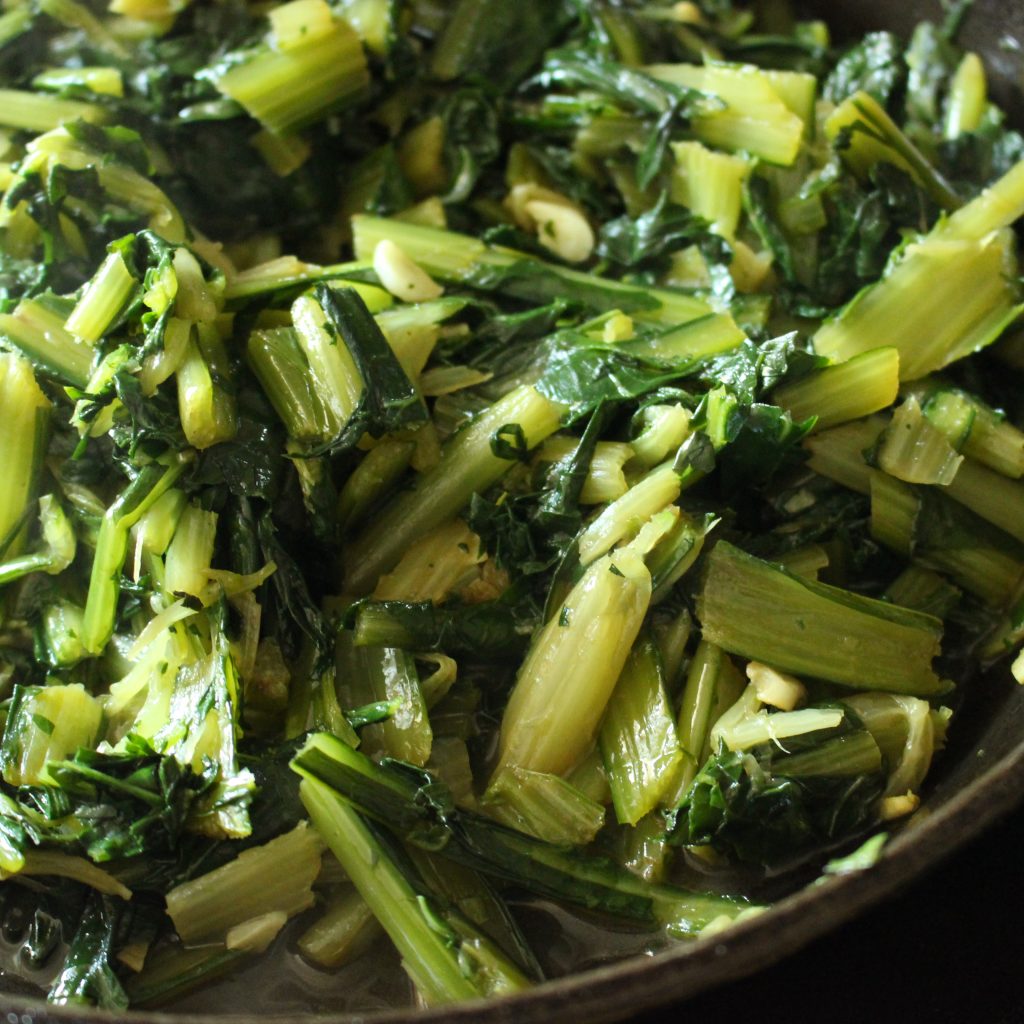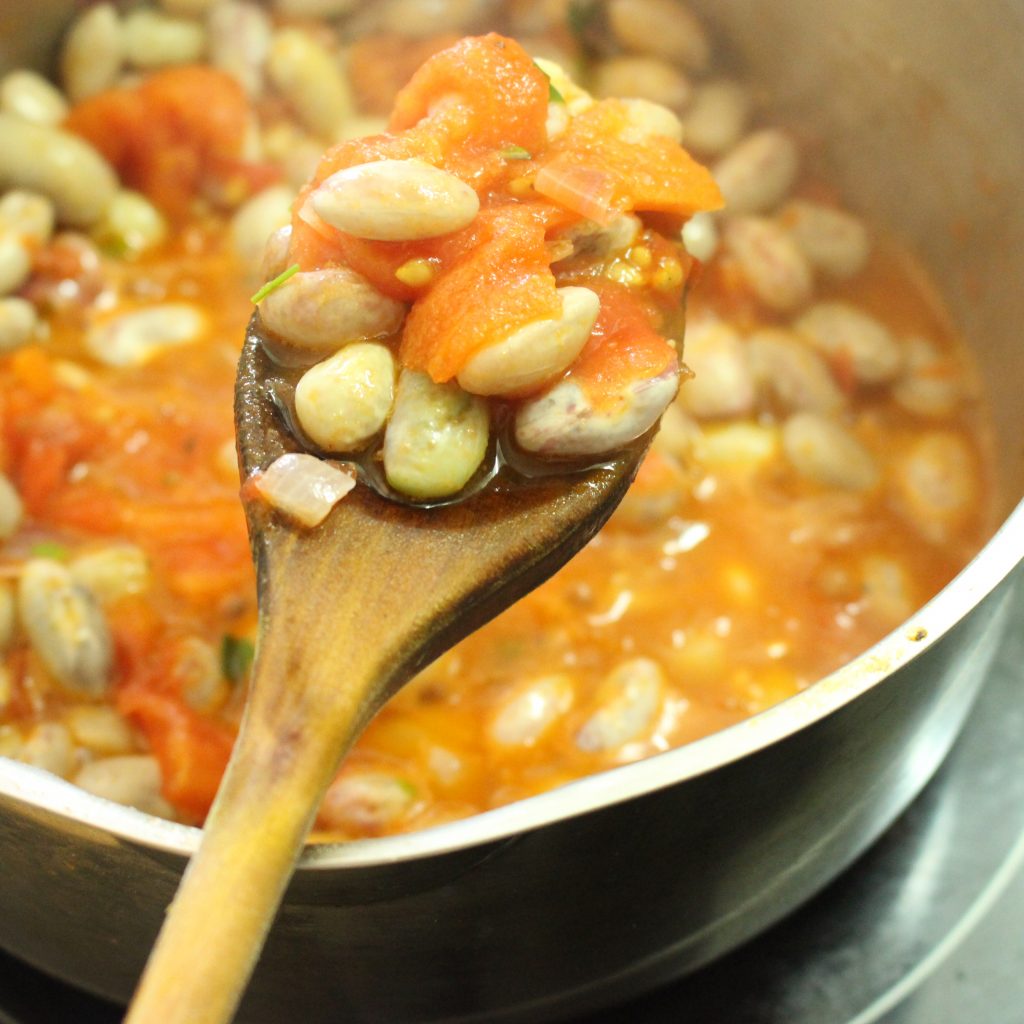Honey from a Weed is a book from 1986 written by Patience Gray. It is a collection of recipes, techniques, and experiences gathered in the 1960s and 1970s in five communities around the Mediterranean.

Gray describes the “Honey” in the book’s title as the distillation of the traditional knowledge of the Mediterranean people.
Why I love Honey from a Weed:
It is such a rich book, full of lusciousness and celebration, yet written by someone who lived amongst, and learned from, poor communities as she wrote it.
It is full of things for me to learn – about traditional cooking and preserving methods, about running a simple kitchen, about celebrating life, about foraging, and about making the most out of little.

Jumping from its pages is an attitude of joy around food and eating. It is contagious!
Good cooking:
Patience says that good cooking is…
“Born out in communities where the supply of food is conditioned the seasons.”
and that it is…
“The result of a balance struck between frugality and liberality.”
This describes the essence of Honey from a Weed: the Peoples from whom these foods, techniques and recipes derived lived on and by the land and yet celebrated life. They were frugal because they needed to be to survive but they were liberal because they needed to be to thrive.
And this is what life is; both a battle for survival and a desire to thrive. Living by the land means treating food as sacred. When food is sacred we collect it, prepare it, cook it, and share it as a means of connection – to enhance and share our humanity.

Buy Honey From a Weed in the US here.
Buy Honey From a Weed in the UK here.
A weaving together:
The book weaves together information, techniques and recipes learnt in Italy, Greece and Spain with sections of prose describing dwellings, celebrations, people, landscape, communities and routines of those places.
Read it and you’ll hear Patience talking about the kitchens she cooked in (none of which had running water), describing how to collect and cook wild herbs, telling you how to cook goats lights (lungs), and snails, and what to do with a pig’s head. You’ll learn about the traditional Tuscan earthenware bean pot, la pignata, and be party to her unwavering insistence that every kitchen should have three mortar and pestles.

There are basics, there are stories, there are recipes, there are celebrations, all brought to life with a luxurious, poetic language. Patience at once romanticises this way of life, letting us clearly know what we’re missing, whilst at the same time reminding us of its harshness and difficulties.
Get a taste:
I love the description of the process of making tomato sauce in southern Italy so much that I wanted to read it to you.
Here are two audios:
La salsa – bottled tomato sauce (page 319) 4m16s:
La salsa secca – a rustic concentrate (page 321) 2m48s:
In the kitchen:
I have already made allioli, pumpkin salad, Tuscan beans and chicory.
Next, I want to make the sweet potato with marrow and cinnamon and I want to preserve fresh olives.



Bring ancient grain baking into your kitchen!
Download my free 30-page guide with five healthy and tasty 100% ancient grains recipes.

